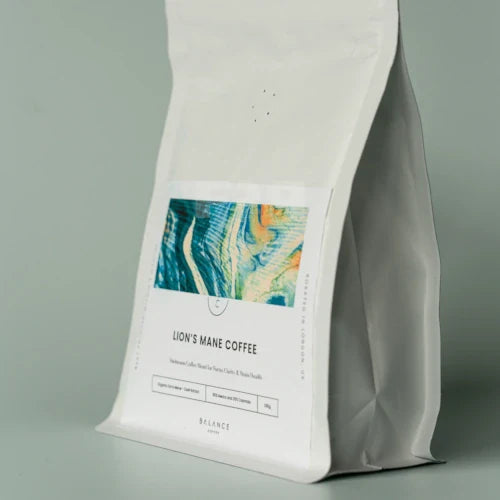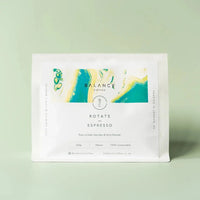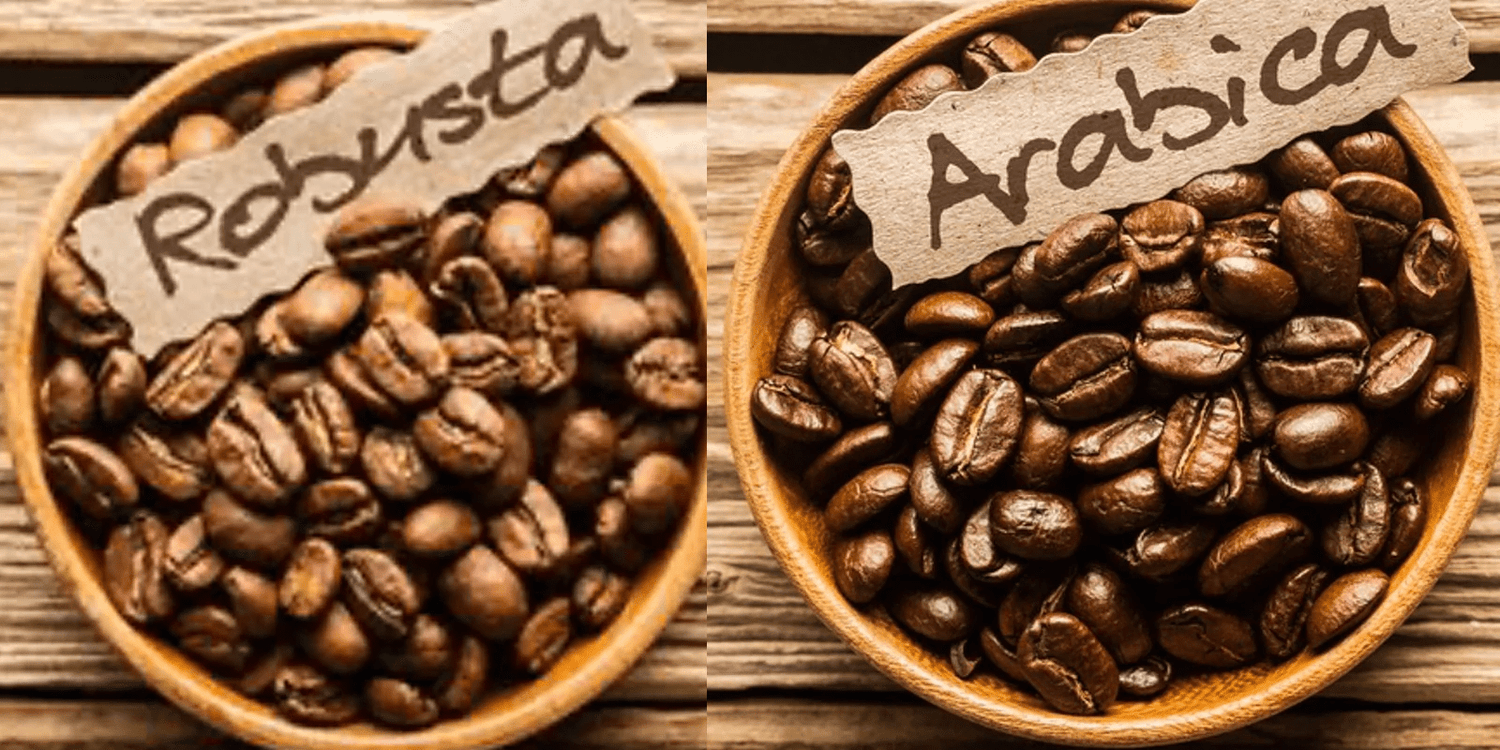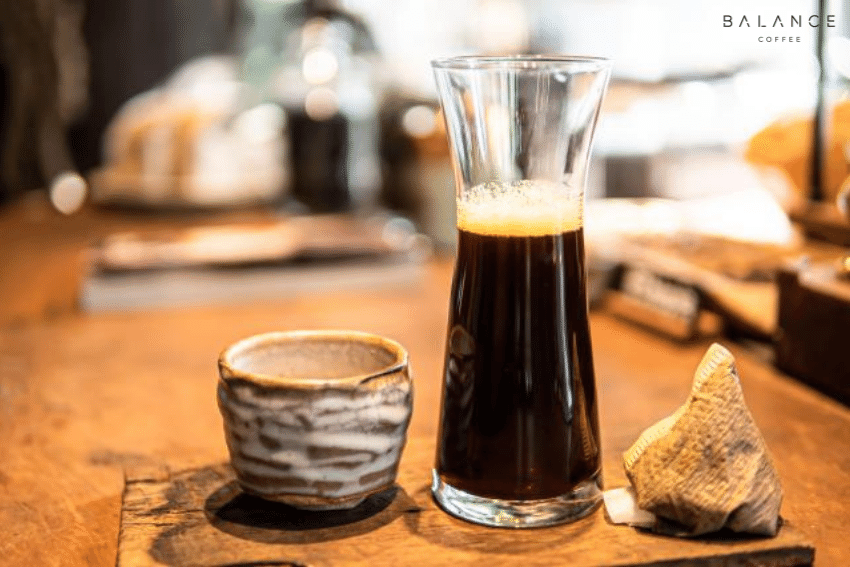Arabica vs Robusta coffee beans, what is the difference?
The two most popular coffee species in the world, Arabica and Robusta Coffee, possess distinct characteristics that set them apart.
If you're fond of enjoying a good cup of coffee, you've likely come across these two species previously, but you might not be well-acquainted with their finer points just yet.
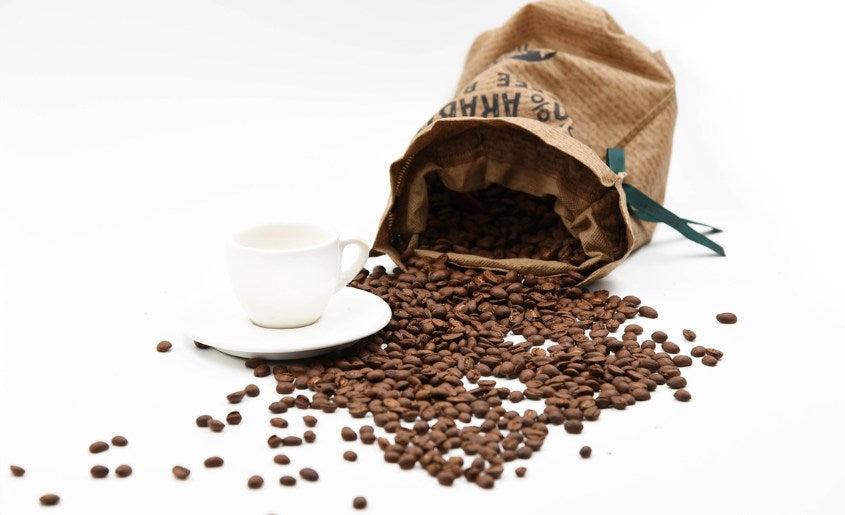
Arabica and Robusta coffee each come with their own merits, but they also come with specific drawbacks.
Therefore, it would be beneficial to consider certain aspects of both types of coffee when making a decision about which one to purchase.
Throughout this guide, we will delve into their flavor profiles, differences, and more.
We'll also explore which one should be your preferred choice of coffee if you wish to start your mornings off on the right foot! The overarching objective of all of this is to help you make an informed decision.
By the end of this detailed guide, you'll be able to easily choose between Arabica vs Robusta coffee based on your taste preferences, level of caffeine sensitivity, and more.
Plus, you'll get to know which is best for your work from home coffee game. Sounds good? Let's get to it.
What Are Arabica Coffee Beans?
What is arabica coffee? A lot of people usually ask that question. Well, Arabica coffee beans are the most popular type of coffee bean in the world.
They are grown in over 70 countries and makeup about 60% of the world's coffee production. Arabica coffee is coffee obtained from the seeds of the Coffee Arabica plant.
These coffee beans are known for their sweetness, complexity, and acidity.

In tropical regions near the equator, Arabica coffee trees thrive. Ethiopia and India are two nations where some of the finest Arabica coffee is cultivated.
Guatemala, Brazil, and Colombia are the foremost global producers of Arabica coffee.
Arabica coffee flourishes at elevated altitudes, which is why it is commonly cultivated on slopes.
It earned its name due to being a more challenging bean to grow. With larger leaves, slower growth, and a greater need for shade.
In turn, it produces less coffee per plant. So, what is so special about arabica coffee? First, it has a superior taste experience to most people with its fruity notes and smoother mouthfeel.
What is Robusta Coffee
Robusta coffee (whether as a bean, brewed in a cup, or even the plant itself) is coffee derived from the species Coffea canephora. Coffea canephora is one of the two main coffee plant species grown worldwide.
One is Coffea arabica, while Coffea canephora, alongside Coffea eugenioides, is a parent.

Robusta beans have been used in instant coffees because they can withstand higher temperatures during processing better than Arabica beans.
Despite this, arabica used to dominate global coffee production by a massive margin of roughly 80/20.
According to World Coffee Research, Robusta now accounts for little more than 40% of coffee farmed globally.
Robusta coffee is frequently seen as being of "lower" quality than Arabica coffe. but, it is much easier to grow and often has higher disease and drought resistance.
It is a more "robust" coffee plant than other species in these ways. In addition, it has roughly twice as much caffeine as arabica. If you want a stronger, more intense flavour with an increased caffeine content, choose Robusta beans.
What Are the Varieties of Arabica Coffee?
When coffee lovers mention the term arabica beans vs robusta, they have two main variants: Typica and Bourbon.
Typica is said to be the first variant of the species found. It is a low-yielding variety known for its superb cup quality worldwide. Typica has transformed into numerous kinds.

For example, the Dutch were the first to distribute commercial coffee worldwide, and this was the type they brought with them.
Typica is still widely grown in many parts of the world, and as a result, it is known by several different names, including Arabirgo and Sumatra.
Bourbon varieties are recognized for their richer, balanced tastes, and they have evolved into many high-quality sub-types.
Arabirgo and Sumatra are two of the various names for Typica, which is still farmed extensively over most of the world. Bourbon varieties are famous for their richer, balanced flavours, and they have evolved into many high-quality sub-types.
Several Bourbon varieties have been cultivated to suit the geographic climate, which thrives only at high altitudes.
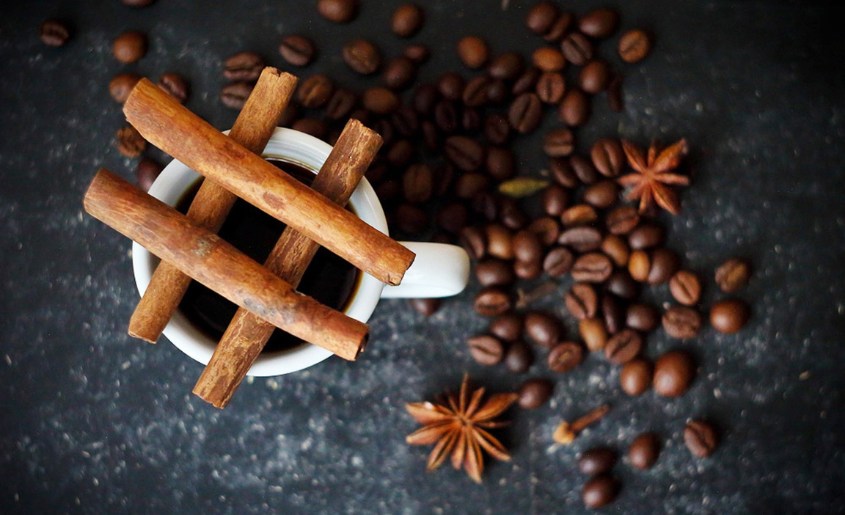
The Bourbon variety arose from a spontaneous mutation of Typica on the island of Réunion (It is historically called Bourbon).
It has a unique sweetness that makes it quite popular among coffee consumers. Another Typica variant is Maragogype, which was identified in Brazil and had exceptionally huge beans and larger leaves on the tree than its counterparts.
Maragogype is also known as 'Elephant Bean.
What Are the Varieties of Robusta Coffee?
Canephora, often known as robusta, has two primary varieties: Erecta and Nganda, which define a tall-standing coffee plant and a broad shrub. Robusta's progeny may be more intriguing.
Robusta and Arabica coffee trees spontaneously cross-bred in the wild, resulting in the Timor hybrid's emergence during the twentieth century.

Some of today's hybrid Arabica coffee varieties, such as Catimor and Sarchimor, integrate genetic traits from Robusta coffees, allowing the beans to be more disease-resistant, at least for a while.
With coffee leaf rust and other environmental challenges threatening the future of coffee production, it will be critical to continue research into hybrids like this to ensure the coffee industry will survive. A coffee farmer's selection of coffee varietal is a crucial decision.
The kinds with the best flavour typically have a lower yield. However, all across the world, new, more prolific coffee varieties with improved flavour are continually being cultivated. The more conventional kinds have kept their places in the taste tests.
3 Characteristics of Arabica Coffee Beans
When you come across the term arabica coffee vs Robusta, it tells you already that both have different characteristics that make them unique. Highlighted below are three features peculiar to arabica coffee beans.
-
Higher acidity level: This is the first thing you will notice when tasting an Arabica coffee bean. The high acidity levels give your coffee a strong, crisp and refreshing taste. It's one of the essential characteristics of this type of coffee bean.
- Lower caffeine content: How much caffeine does arabica coffee have? This is another essential characteristic of Arabica Coffee beans. It has been proven that Arabica beans contain less caffeine than Robusta beans.

So, for example, if you compare two cups of regular coffee made of equal amounts of each kind of coffee beans, you can expect that the Arabica coffee will be milder in its effect on you.
- They are harder to grow and command a higher price: You might have heard people say Arabica beans are "harder to grow" than Robusta beans, but why? Let me explain.
The fact that they are grown at high altitudes is the main reason why they are harder to grow (mountain farms, for example). It means farmers have to farm the coffee cherries manually and don't have machinery that can do this.
This is the determining factor behind the cost difference between the two species. As such, Arabica beans command a higher price compared to Robusta beans.
3 Characteristics of Robusta
Are you looking for a strong cup of coffee? If yes, then you should try out some Robusta Coffee Beans. These are known to produce a rich, full-bodied taste. Robusta Coffee Beans are grown in Central America and Africa.
Therefore, they are also sometimes referred to as African or Congo Coffee Beans. Nevertheless, they have characteristics that are different from those of Arabica beans.
-
Higher Caffeine content: Robustas are generally more caffeinated than Arabicas. It is because it has been found that Robusta Coffee Beans contain a high concentration of caffeine. Therefore, these beans can be used for making really strong coffee.
-
High oil content: Robusta Coffee Bean contains a lot of oil. It makes them an excellent choice for roasting. You could use this oil as a natural source of fat. However, if you want to strengthen your coffee you may need to reduce the amount of oil in the bean.
- They are easier to grow: Robusta Coffee Beans grow easily and quickly. Moreover, they require less water than Arabica Coffee Beans. It means that you don't have to spend much time watering them.
They will thrive even in dry climates. For instance, they can withstand temperatures up to 70 degrees Celsius.
Therefore, you can roast them at higher temperatures without losing their quality.
Arabica vs Robusta: What Are The Differences
Coffee is one of the most consumed beverages worldwide. Over 200 million cups are drunk every day. However, the quality of coffee depends on several factors.
These include the plant variety, the climate where it grows, and how it is processed. Arabica is the original variety of coffee plants, which is why it is one of the best coffee for cafetiere.
They produce large berries containing seeds roasted and ground into a powdery substance called coffee beans.
These beans contain caffeine, antioxidants, and other nutrients. Robusta is a hybrid variety of coffee plants. Its berries are smaller than those of the arabica coffee bean variety and don't contain enough caffeine or antioxidants.
Instead, they have high levels of caffeine and carbohydrates. But, when it comes to robusta vs arabica coffee beans, what are the key differences between both?
Arabica vs Robusta Coffee Beans Growth Condition
The robusta coffee bean variety has several subtypes, each with its characteristics. The same may be said about Arabica beans.
Compared to Arabic, Robusta varieties have higher disease resistance and production capability.

Robusta flourishes in regions where arabica would be destroyed by fungus and other pests and diseases because it grows well at lower altitudes.
When it comes to arabica vs robusta, or robusta vs arabica, robusta is a larger plant. It's around twice the size of arabica and thrives in higher humidity.
The berries take nearly a year to ripen after blossoming. Because robusta is self-sterile, cross-pollination by air, bees, or other insects is required for the plant to reproduce.
So, the conditions under which Arabica and Robusta coffees are grown constitute a significant distinction. Arabica coffee is grown 600+ metres on mountain peaks and tropical areas. Robusta coffee is farmed from sea level to roughly 600 metres. Growth conditions are one of the critical differences between arabica and robusta.
How Are Arabica Coffee Cultivated vs How Are Robusta Coffee Cultivated
Some claim that arabica coffee is the more ethically preferred of the two varieties of coffee beans. This is due to cultivation methods.

Arabica plants are fragile and grow at high altitudes, so people who know what they're doing should only pick them. This keeps people in the area working at their traditional jobs.
Robusta coffee bean cultivation, on the other hand, seems to be more mechanized and employs far fewer employees.
As a result, it may be more detrimental to the local social infrastructure and ecology. Arabica accounts for around 75% of global coffee production, with robusta accounting for the remaining 25%. Brazil is the largest producer of arabica, whereas Vietnam is the largest grower of robusta.
So yeah, their mode of cultivation is yet another crucial difference between arabica and robusta coffee.
Robusta Caffeine Content vs Arabica Caffeine Content
Robusta coffee beans have more caffeine than Arabica coffee beans. On average, Robusta coffee beans have about 2.7% caffeine content, while Arabica coffee beans have about 1.5% caffeine content.
It means a cup of Robusta coffee will have about twice as much caffeine as a cup of Arabica coffee. A 12-ounce cup of Arabica coffee contains around 98 mg of caffeine, and a 12-ounce cup of robusta has an estimated 190 mg. People usually use Robusta in espresso because it is easier to extract the flavour from the bean. However, they also use Robusta in instant coffees, including Nescafe.
Arabica is usually better for people who are sensitive to caffeine because it can lead to adverse side effects like headaches or insomnia when consumed in large quantities. Robusta is the way to go if you're looking for a more potent cup of coffee.
Robusta vs Arabica Coffee Sugar Content
While both coffee beans contain caffeine, Robusta coffee beans have about twice as much caffeine as Arabica coffee beans. In addition, Robusta coffee beans contain more sugar than Arabica coffee beans.
As a result, Robusta coffee is sweeter and has a higher caffeine content than Arabica coffee.

Many people use this to their advantage by adding sugar or cream to their Robusta coffee for extra sweetness.
If you want an energy boost in the morning, I recommend drinking strong black coffee made from Robusta beans with just a touch of cream or sugar added to sweeten it up.
This extends to say that they both have a clear sugar content difference when it comes to Robusta vs arabica.
Arabica Coffee vs Robusta Physical Appearance
Arabica coffee beans look like ovals with a point at one end. Most of the time, they are greenish-brown and have a smooth surface.
Robusta coffee beans are also oval, but they are flatter and have a more rounded end. They are usually dark brown with a rough surface.
When it comes to size, Arabica beans are larger than Robusta beans. It is not unusual for an Arabica bean to be twice as long as a Robusta bean.
It is not unusual for an Arabica bean to be twice as long as a Robusta bean. You can see the difference in their weight. On average, an Arabica coffee bean weighs between 1.13 and 1.41 grams, while a Robusta bean weighs approximately 0.56 grams.
So, the physical appearance is another difference between Robusta and arabica.
How Does Arabica Coffee Taste vs How Does Robusta Coffee Taste
Regarding coffee, there are two main types of beans - Robusta and Arabica. And while they may look similar, they taste pretty different.
Arabica coffee tastes fruity and floral, while Robusta coffee has a more earthy and bitter flavour. So if you're wondering how these two coffees compare in terms of taste, here's a quick guide.

Arabica is your best bet if you like your coffee with a light to medium body. But Robusta might be better if you prefer a fuller-bodied roast that can withstand cream or sugar without diluting.
Frequently Asked Questions
Which Is Better, Arabica or Robusta?
Robusta beans coffee UK, are not just stronger in flavour, but they are also higher in caffeine. Since the demand for Robusta isn't what it used to be, growers are now making a big push for Organic farming practices, which should lead to better quality and consistency of Robusta production.
One downside, though, is that it takes significantly longer (8-10 months) before any significant amount of fruit comes from these plants than Arabica (6-8 months).
As we've said before, though there are different types of coffee beans, Robusta is the more popular choice among cafes that serve espressos, while arabica is seen more often on grocery store shelves. To learn more, check out the best ground coffee beans for espresso.
Which is healthier, Robusta or Arabica?
They're about equal regarding health benefits, with both being rich in antioxidants, natural sugars, minerals and vitamins.
Robusta has slightly less acidity, but some people find this beneficial as acids can sometimes cause stomach problems such as heartburn.
However, Robusta may not be the better option for those sensitive to caffeine since it has almost twice the concentration in Arabica beans.
Which is more expensive, Arabica or Robusta?
In general, Robusta coffee beans are cheaper because of their lower supply.
However, if you have access to certified organic arabica coffee in the UK, you'll pay more per pound when compared to regular Arabica coffee.
Undoubtedly, coffee from Arabica beans has been around much longer than its robust counterparts.
Is Nescafe an Arabica or Robusta?
Nescafe is a blend of Robusta and Arabica. It's most commonly used as an instant coffee that you can dissolve into hot water, but you could also do this with a French press or by adding ground coffee to cold water and giving it some time to steep for at least five minutes.
Many people prefer Nescafe to other instant coffees because of its smooth, non-bitter taste that goes well with milk.
Is Lavazza Arabica or Robusta?
Lavazza uses both Arabica and Robusta beans in their coffee. Suppose you want something lighter and smoother.
Try one of their blends made up of 100% Arabica. Their Espresso Roast will give you the complete flavour profile like a dark roast coffee with all three types of beans combined.
Conclusion
When it comes to arabica and Robusta differences, there are a handful of distinctions between both. Robusta coffee beans are more resilient to pests and disease, which is why they're often used in blends.
Also, they're easier and cheaper to grow, so most of the world's coffee comes from them. Arabica coffee beans are more delicate, which is why single-origin coffees often use them. They're also harder to grow, making up a minority of the world's coffee production.
Regarding flavour, Robusta coffees are often described as earthy or rubbery, while Arabica beans are often described as fruity or floral. Keep in mind that, contrary to popular belief, the quality of Robusta coffee is not always inferior to that of Arabica.
A high-quality speciality Robusta coffee will taste almost like an Arabica. On the other hand, high-end robusta is not frequently used or available. Instead, Robusta is typically employed as a filler or cost-cutting agent.
Of all, 'taste' is personal, and many individuals like the stronger and more bitter flavour of the Robusta bean.
If you're looking to buy robusta coffee beans, we recommend checking the beans in our shop and choosing the one that suits your taste. While you're at it, you may check out the best coffee grinders, including burr coffee grinders and other coffee equipment in our shop.
You can also take advantage of our Discovery subscription if you love light roast coffee, or you could stick with a relaxed subscription if you want to reduce your caffeine intake.
Thanks for taking an interest in our guide to Robusta and Arabica beans.


